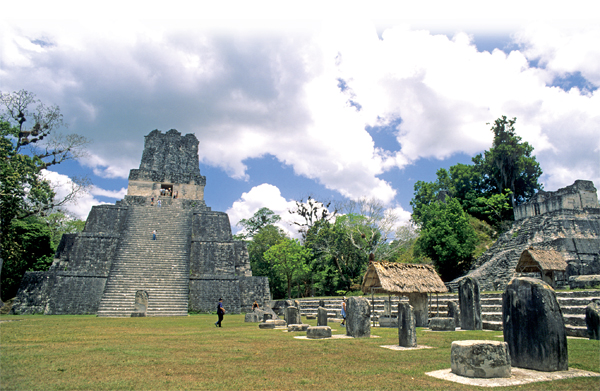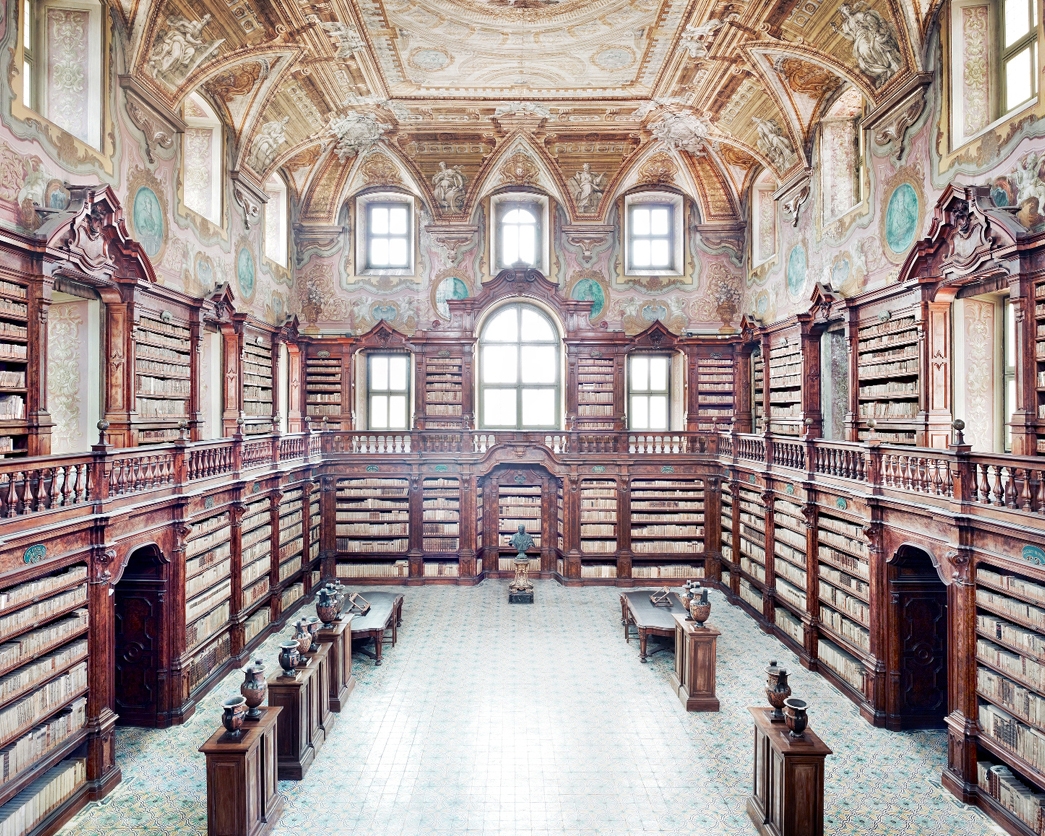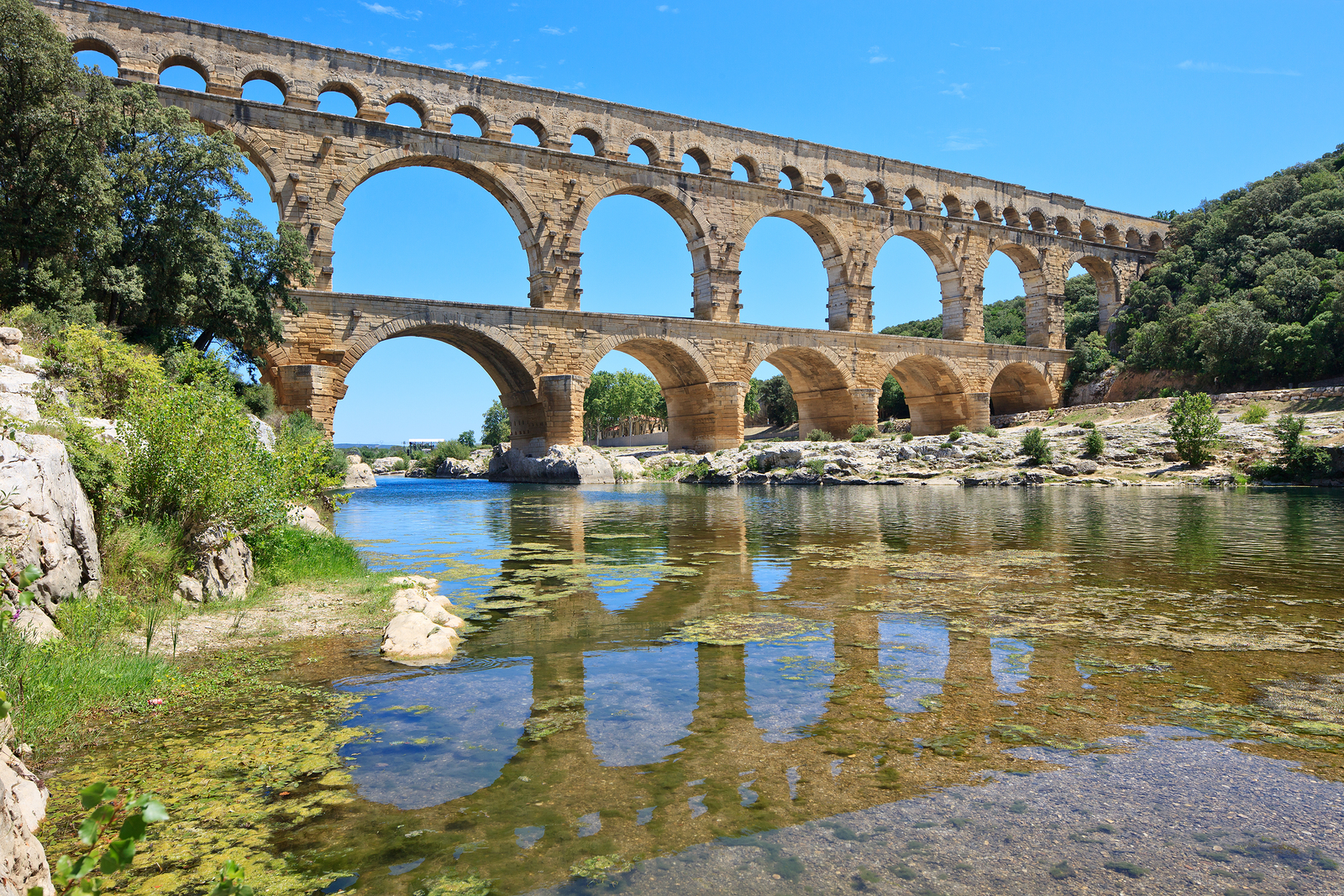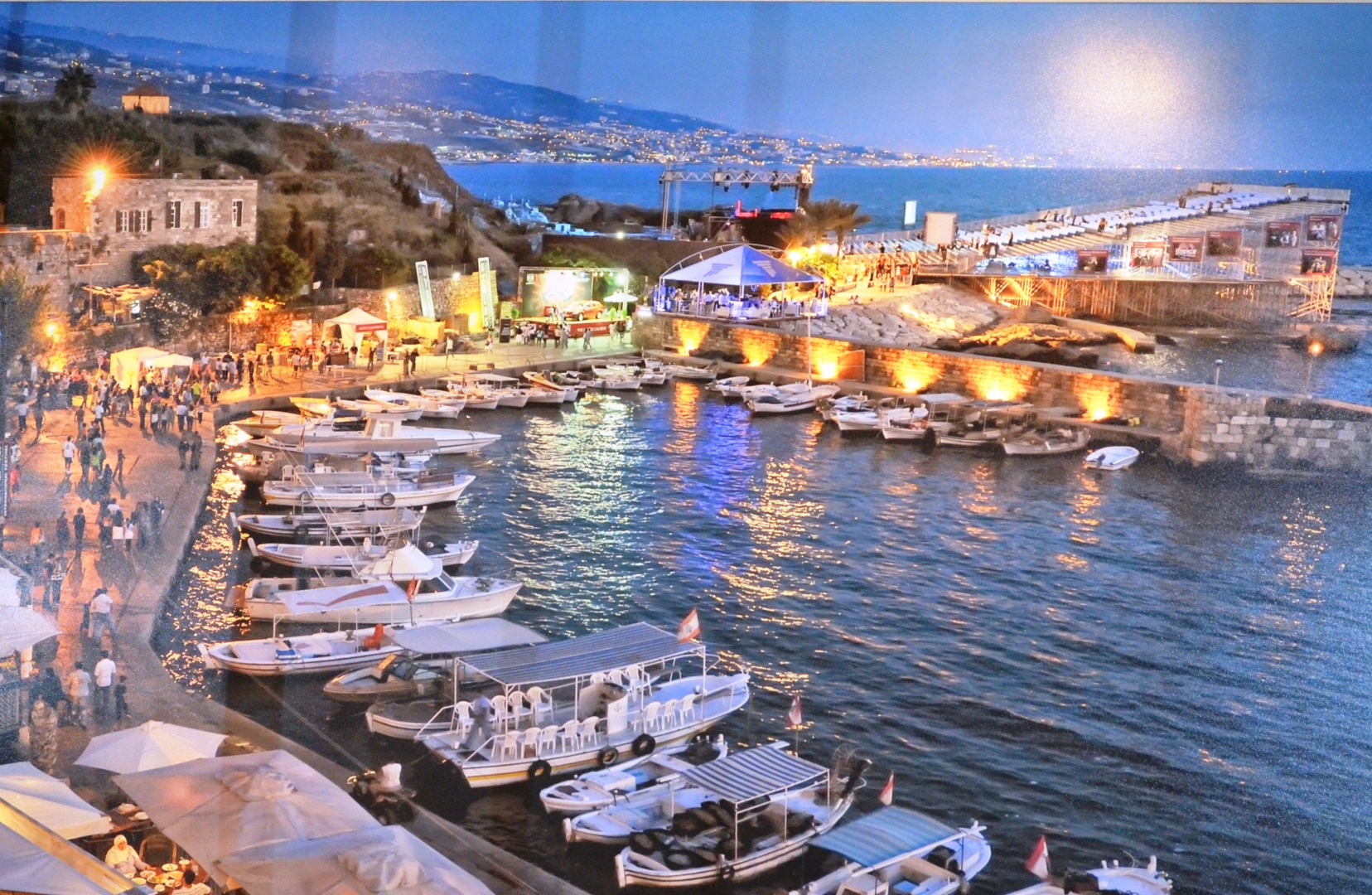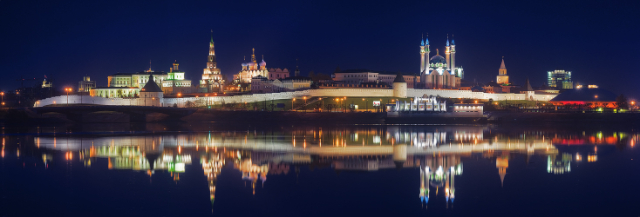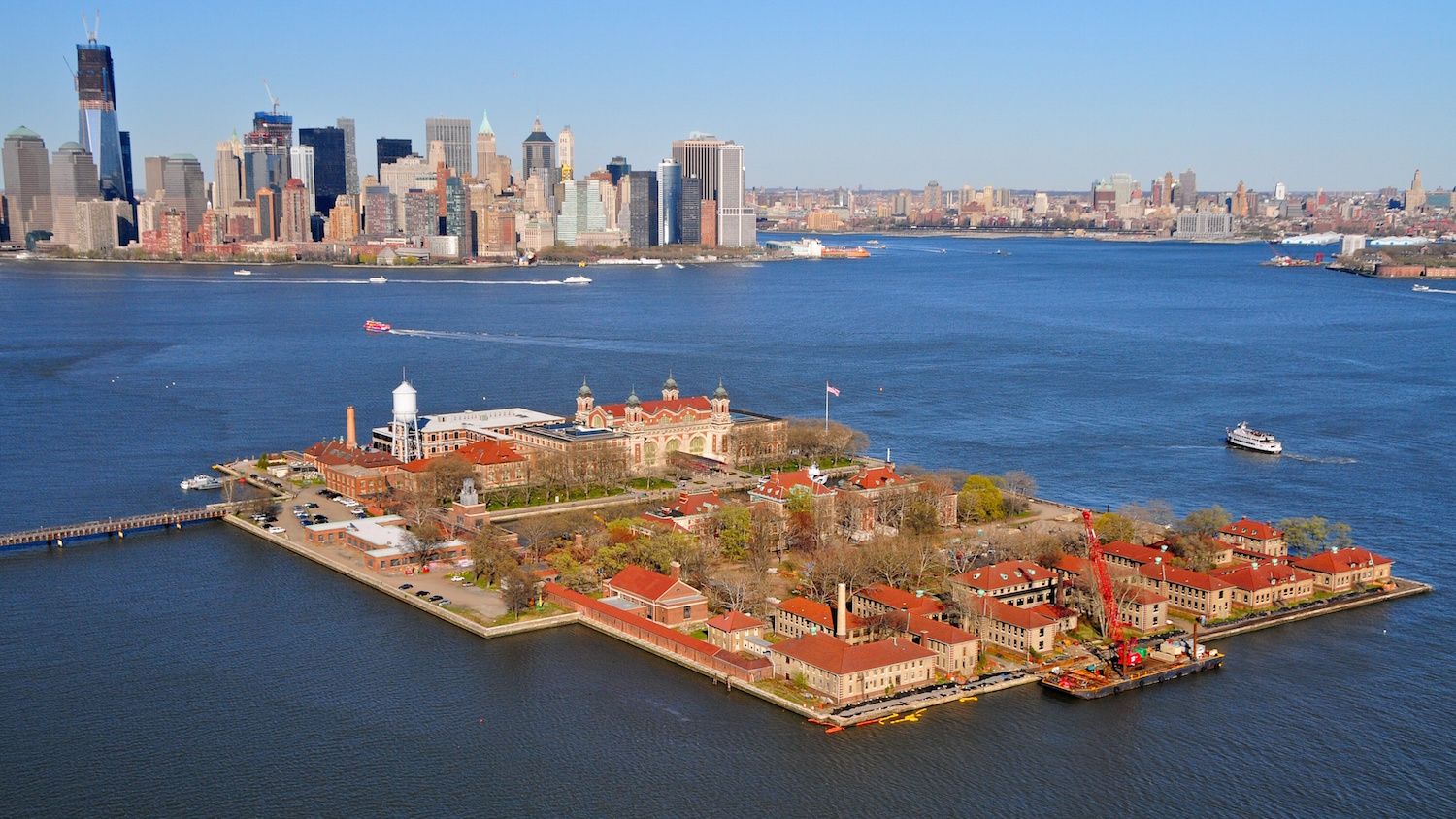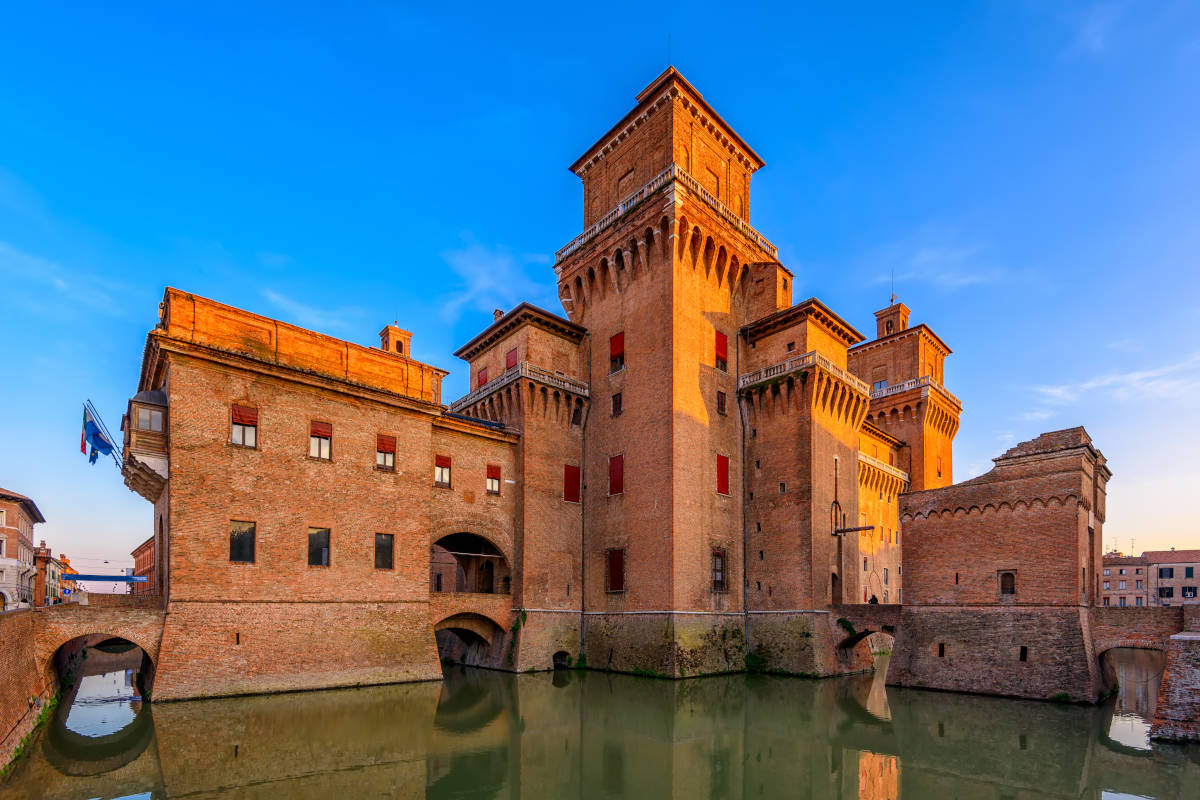Located in western Honduras, Copán was a relatively small Mayan city well-known for it’s remarkable series of portrait stelae. Located near the border of present day Guatemala, is the ancient Maya city of Copán. A relatively small Mayan site, it dates back nearly 2,000 years and was once the easternmost city-state in the Maya World. Over the course of 400 years, Copán was shaped from a small valley in western Honduras into a great city with pyramids, temples and statues painted with a range of colors: dark red being the most prevalent of all. It is considered to be the most "artistic" of the Maya cities and is famous for its carved stone sculptures that decorated plazas and temples as well an impressive staircase with the entire history of Copán written on it in Mayan hieroglyphs.
Copán began as an agricultural settlement around 1000 BC. As it grew, the site functioned as the political, civil and religious centre of the Copán Valley as well as the center of a larger territory that covered the southeast portion of the Maya area. From the early 400s to 820 AD, a series of 16 kings ruled Copán, all of them belonging to a single dynasty (family).
